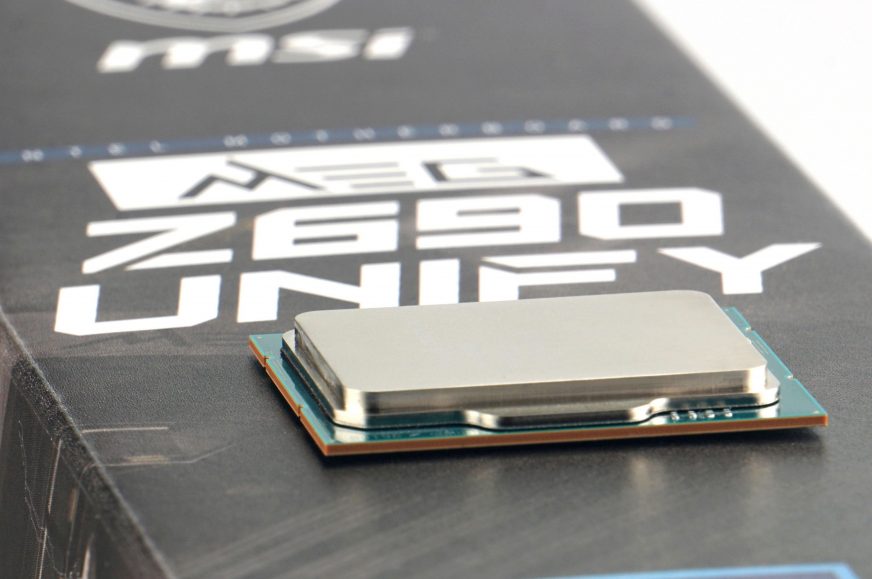Conclusion
The big.LITTLE concept in Intel Alder Lake processors encourages various “re-configurations” of the cores. Especially in the context of inferior scaling or priority settings that are not good for some applications. However, user interventions in this direction will more often lead to a disservice than to a benefit. Does it make sense to bypass E cores in games? It doesn’t. Such intervention drives processors into severe inefficiency.
Alder Lake works best as it is
The panic around core management in Alder Lake processors is somewhat unfounded. Admittedly, not everything works 100%, but these are common labour pains, which are in any case on a relatively small scale. The marketing massage around Windows 11 and the “miracle” scheduler/thread manager hasn’t helped to put things in order either.
Sure, we also came across some situations where performance (and of course power draw) was below expectations because it was more or less on small efficient cores, but relative to the rest of the tests (and we did quite a few of them) I dare to write about a needle in a haystack. The combination of small and large cores works very well.
It only makes sense to disable E cores where they produce significantly worse results (e.g. x264 video encoding in HandBrake or for selected numerical tests). Where you only want to achieve a small improvement, such an action (with E cores turned off) is even harmful. You’ll get virtually no extra performance, even in games, but power draw will increase significantly – 18-29% in games. Instead of the original 137 W (Core i9-12900K@8P+8E/24T) in F1 2020 without E cores, power draw goes up by almost 40 W, but there’s no more performance increase even in Full HD resolution. That’s helped more by turning off the seven P cores, after which, while game performance drops by up to 30% in some parts, power draw is reduced by the same amount.
But despite the above, all modern processors with similar performance are more efficient than the Core i9-12900K with eight E and one P core (although this one “performance” core draws the most power out of the whole). This includes the Core i5-10400F processor, at significantly lower power consumption, higher performance in both games and compute applications. Switching off P cores has a negative impact on efficiency even in single-threaded tasks. For example performance in audio encoding has not changed, but consumption has increased. And that computation is still running on the same single P core. These are probably things that can be manually tweaked and fine-tuned, but there’s no justification for it. Alder Lake’s thread management works well with a few exceptions and you shouldn’t worry too much about it.
A side effect of this test is the comparison of 8 cores/16 threads across generations. The results show how much Alder Lake (12900K) has increased in efficiency over Rocket Lake (11900K) across the Core i9 class of processors. With the exception of Cinebench, which wrings the maximum power out of Alder Lake (as opposed to Rocket Lake), the 12900K is always the slightly more efficient processor of the pair, with some performance to spare. Although that portion is… tiny.
English translation and edit by Jozef Dudáš
- Contents
- Why (not) disable E/P cores?
- Performance tests
- Processor power draw curve
- Average processor power draw
- Performance per watt
- Achieved CPU clock speed
- CPU temperature
- Conclusion









